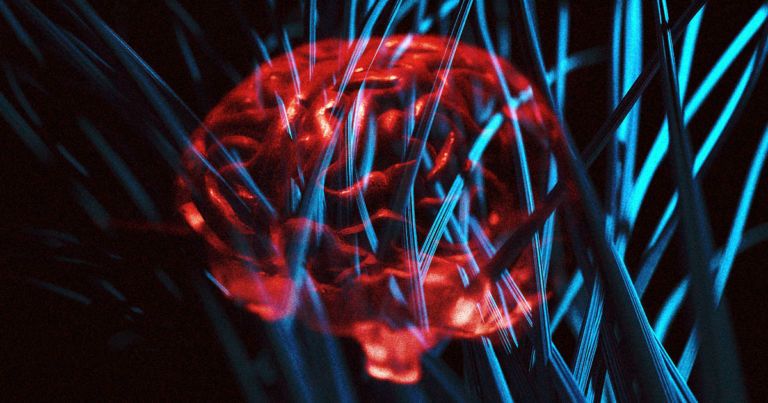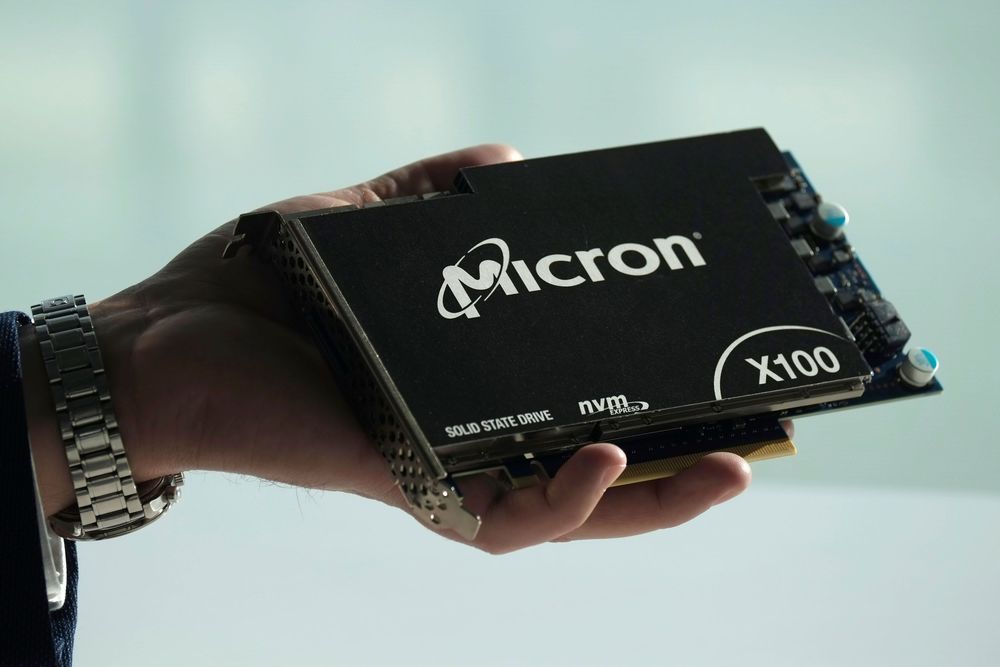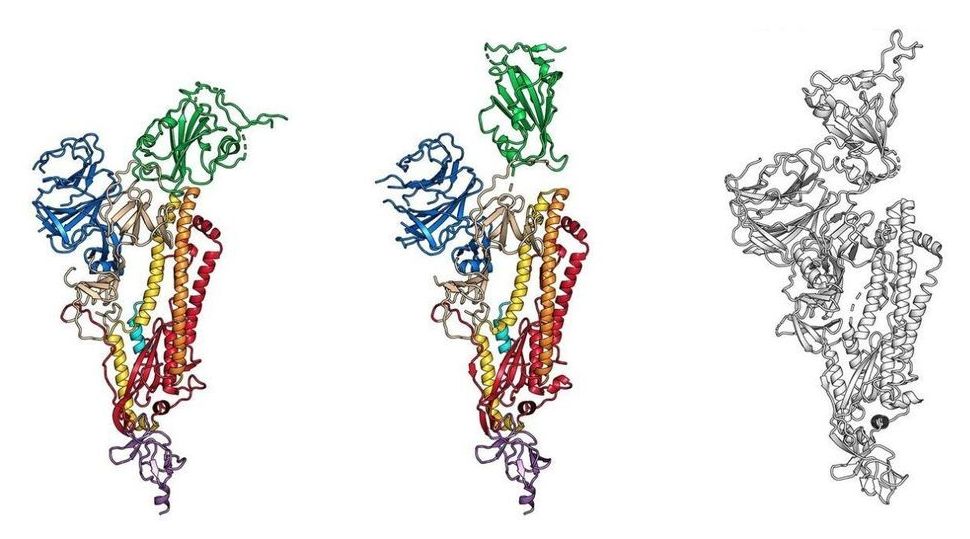Replicating human interaction and behavior is what artificial intelligence has always been about. In recent times, the peak of technology has well and truly surpassed what was initially thought possible, with countless examples of the prolific nature of AI and other technologies solving problems around the world.
Think about this: Gary Kasparov stated that he would never lose a game of chess to a computer. For a long time, this seemed like a statement that would withstand all tests.
Roll on 1996, however, and IBM developed Deep Blue, a computer bot/program/application that beat the master Gary Kasparov at his own game.






